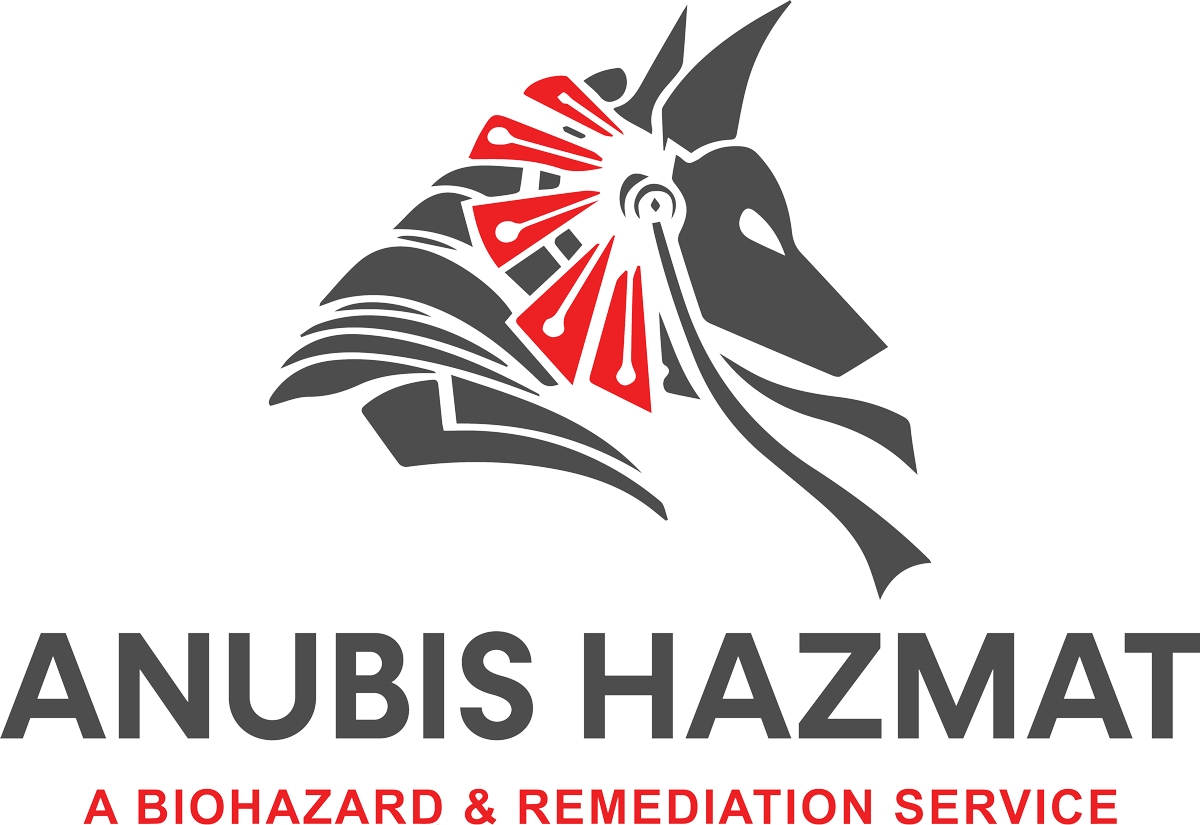How Healthcare Practices Dispose Medical Waste
All healthcare organizations produce medical waste of some sort or another, whether it be for a hospital, clinic, ambulatory surgery center, dentist's office, and more. It is important for these facilities to take the proper steps to dispose of their medical waste materials properly, thus reducing their chances of harming the environment or public health. Knowing proper disposal is key to reducing one's risk of being fined.
What is Medical Waste?
Medical waste is any waste that contains an infectious agent as well as items that have been exposed to an infectious agent. This can include items such as syringes, gloves, bandages, needles, swabs, and many more. Medical waste can be a serious threat if left untreated, thus the need for proper disposal.
Medical waste can be divided into five categories:
General/Common Waste
Medical facilities produce a certain amount of general waste on a daily basis. This waste can include trash, plastics, papers, and other non-hazardous waste.
Pathological/Infectious Waste
Pathological waste is any waste as a result of an individual's illness and/or injury. This can include human blood, body parts, and body fluids. Pathological waste is dealt with differently than other medical waste.
Chemical/Pharmaceutical Waste
Chemical waste is any cleaning or hazardous chemical that is no longer needed or can be used. This can include items such as bandages, dressings, gloves, and other materials that have come in contact with chemicals.
Pharmaceutical waste, on the other hand, is any drugs that are no longer needed or are expired and are being disposed of.
Radioactive Waste
Radioactive waste is any medical waste that contains a radioactive substance. This can include items such as medical equipment, instruments, and items that have been in contact with radioisotopes.
Sharp Waste
Sharps object waste is any medical waste that has come into contact with a sharp object. This includes anything from needles, syringes, blades, knives, and more.
How to Dispose of Medical Waste
There are many angles medical waste can be approached from. Medical waste can be divided into two primary categories.
1. Incineration
Incineration is a method of the heat treatment process that is used to destroy infectious waste. This process is used to reduce the amount of waste generated by burning it to ash, which can then be safely transported. The ash can be disposed of on-site.
Incineration is the most efficient way to handle infectious waste, as this is a method of destroying infectious waste in minutes to hours. This minimizes any risk of infectious disease from occurring.
2. Autoclaving
Autoclaving is a method of processing infectious waste by heating it. This process uses water pressure to push the waste into the autoclave and then uses heat to process the material for an extended period of time.
Autoclaving is the most common process used to decontaminate waste products. It can be used for a variety of waste including general waste, infectious waste, sharps waste, and chemical waste.
The Bottom Line: The Importance of Properly Disposing Medical Waste
The improper disposal of medical waste can cause serious harm to the environment and to public health. This includes the possibility of exposing individuals to infectious diseases. In a time when the information about medical waste and its disposal is so accessible, it is important to properly dispose of it in order to protect the environment and public health.
Are You Looking for Hoarding Cleaners in Florida?
If you’re looking for hoarders cleaning services in Florida, then you’ve come to the right place. At Anubis Hazmat, we regularly help residents who want to get back to living a normal life. We provide a wide range of cleanup services, so contact us to get started today!

